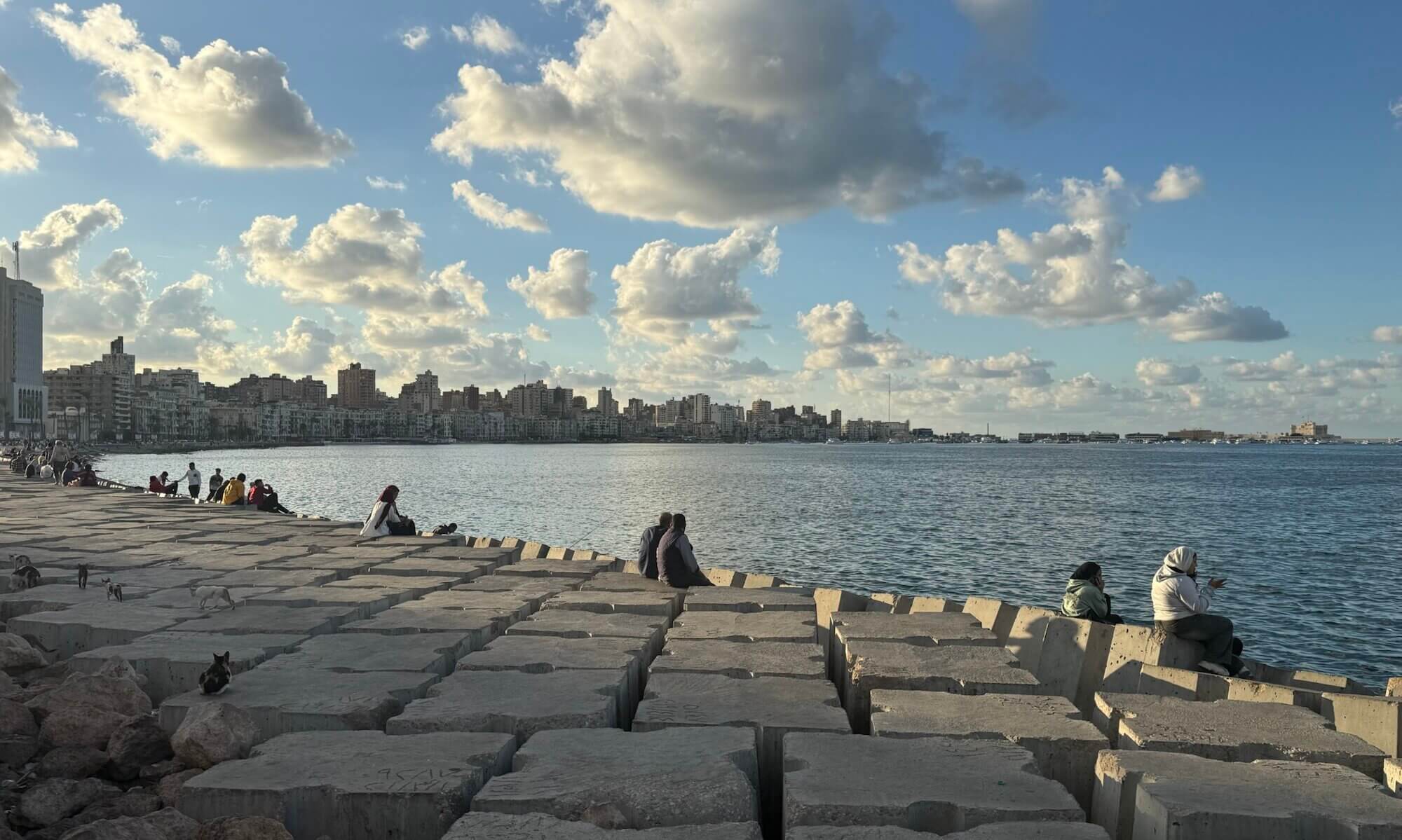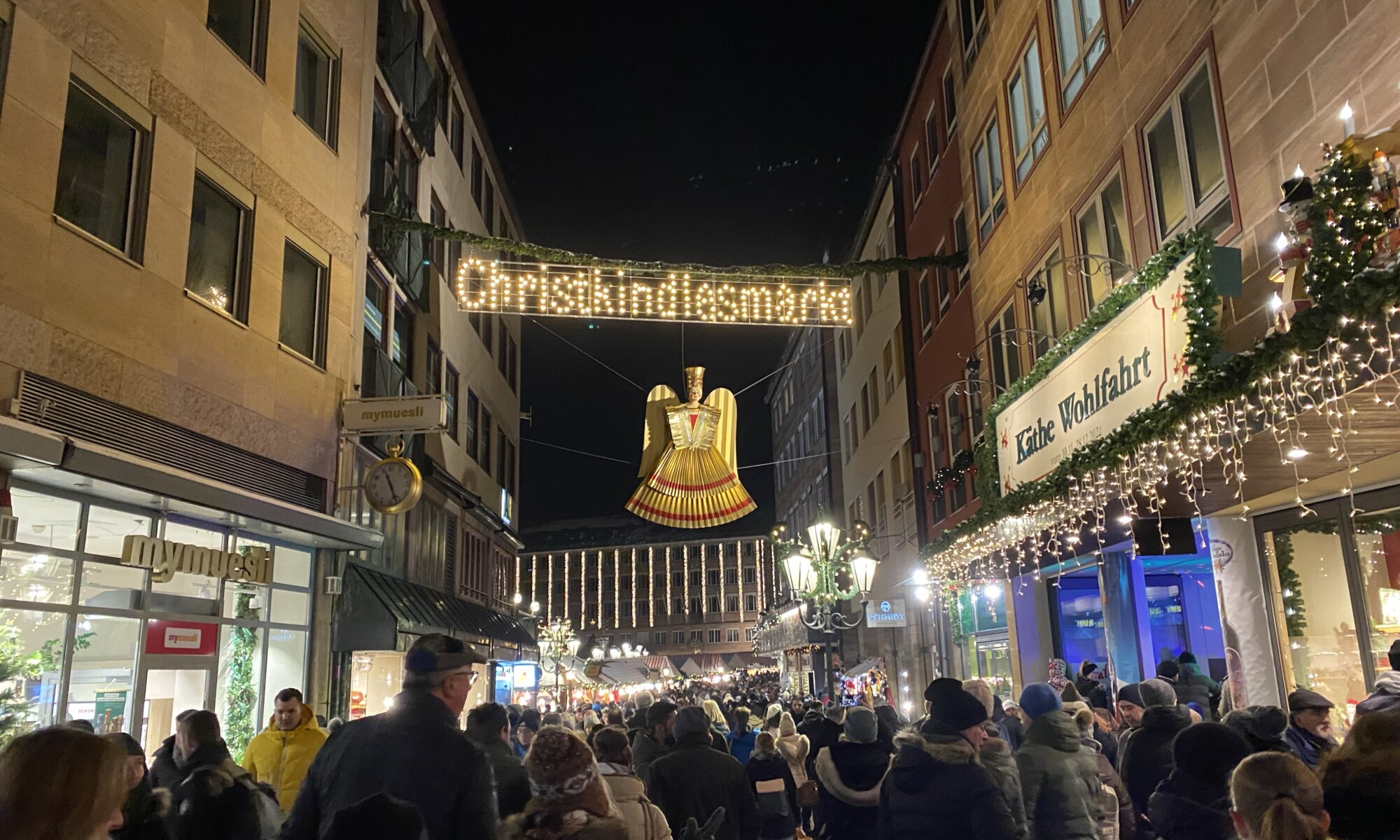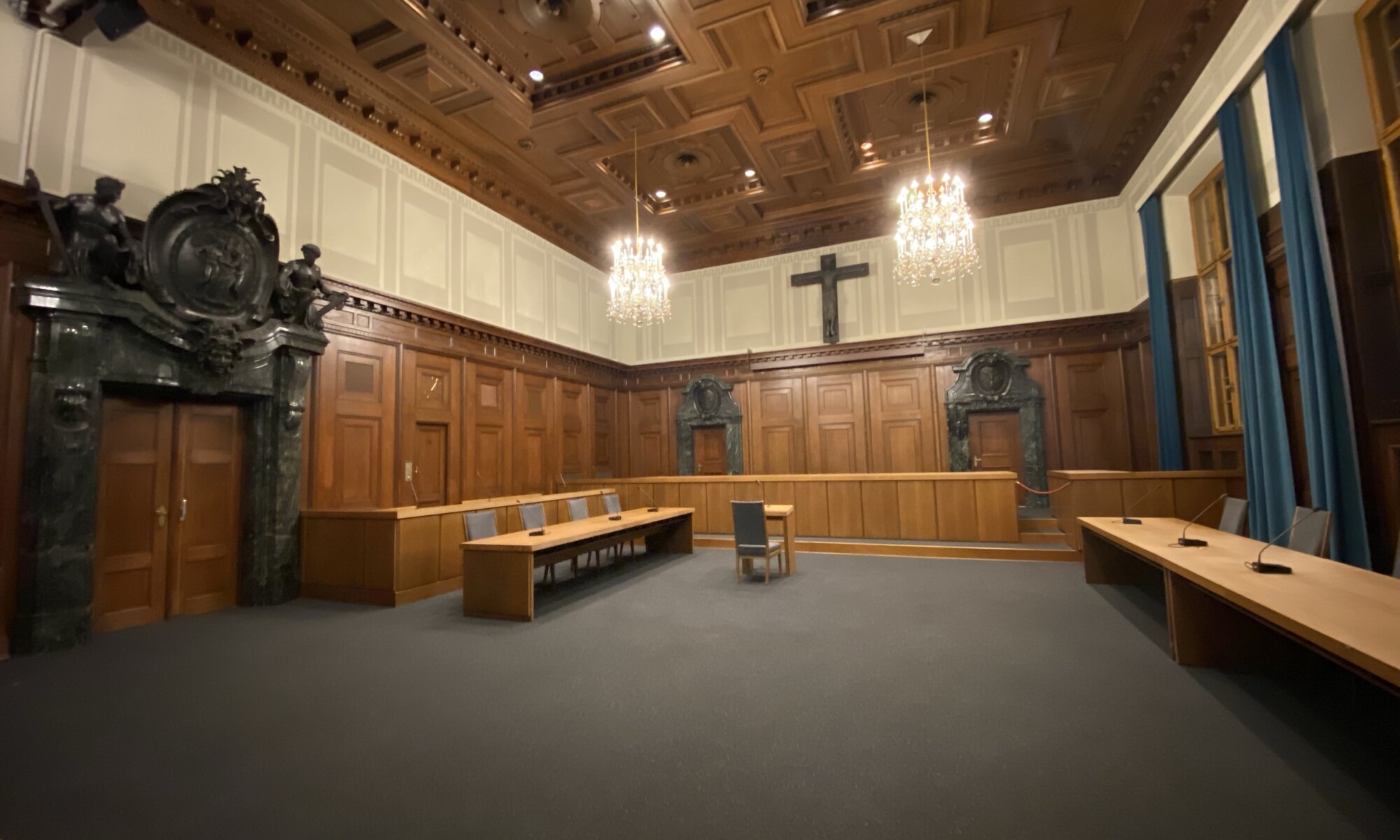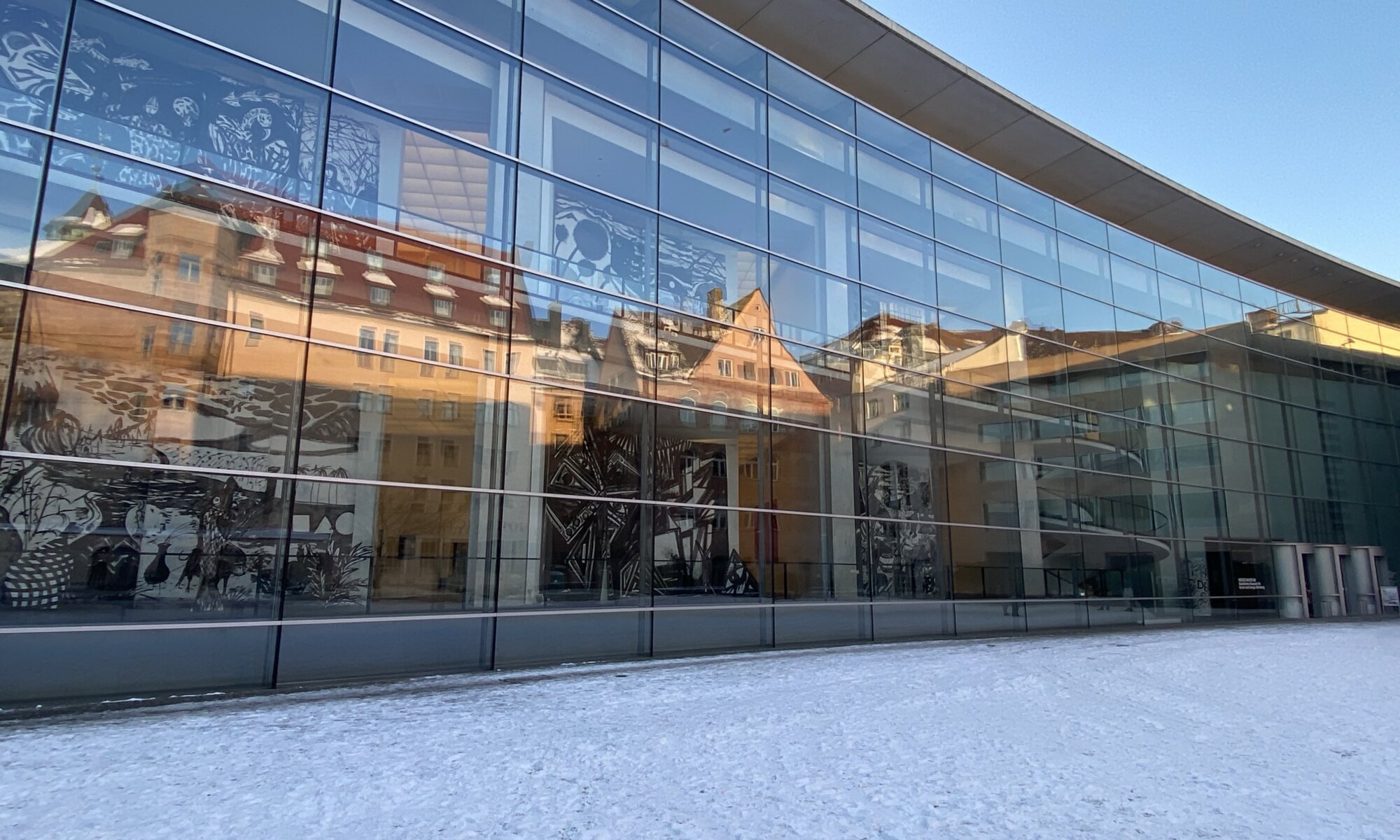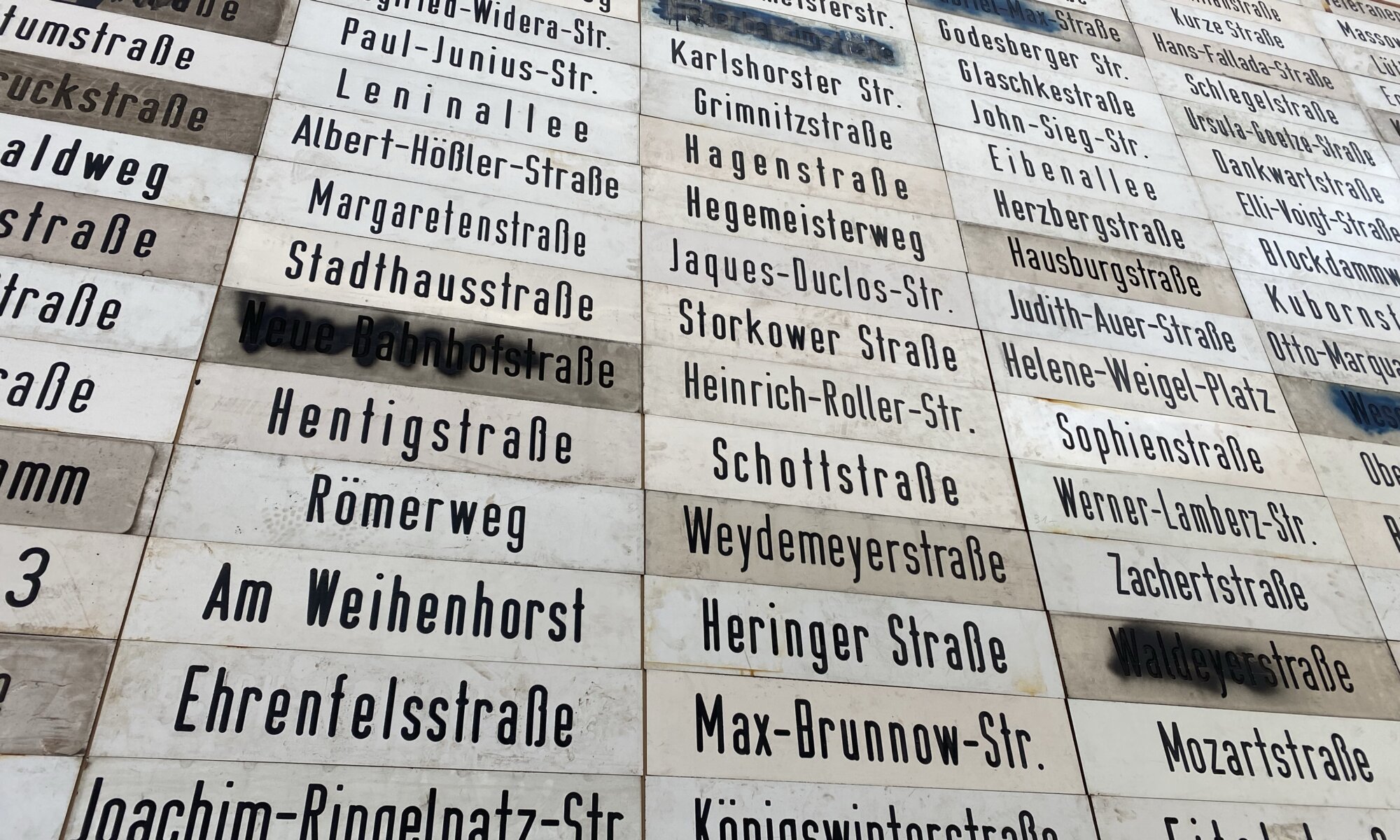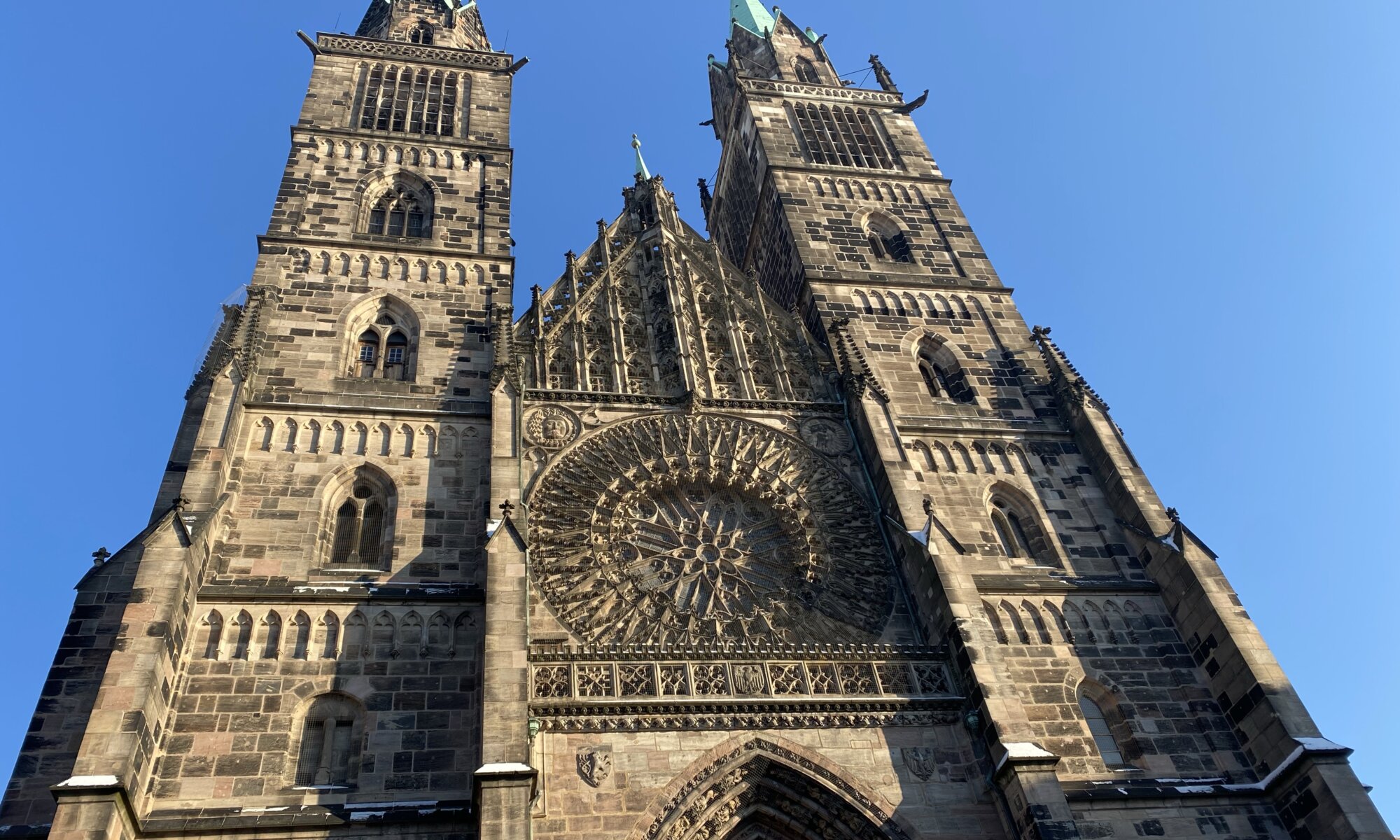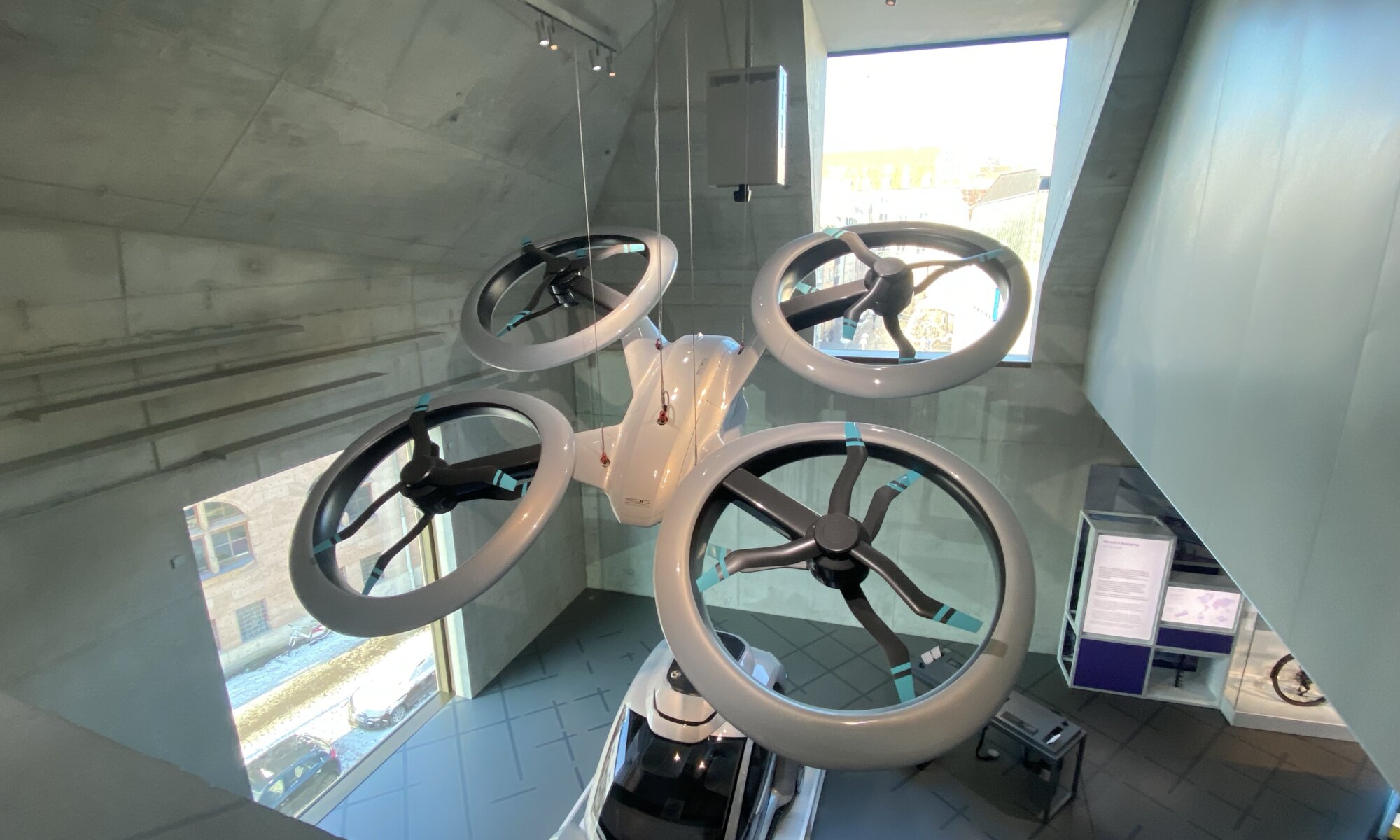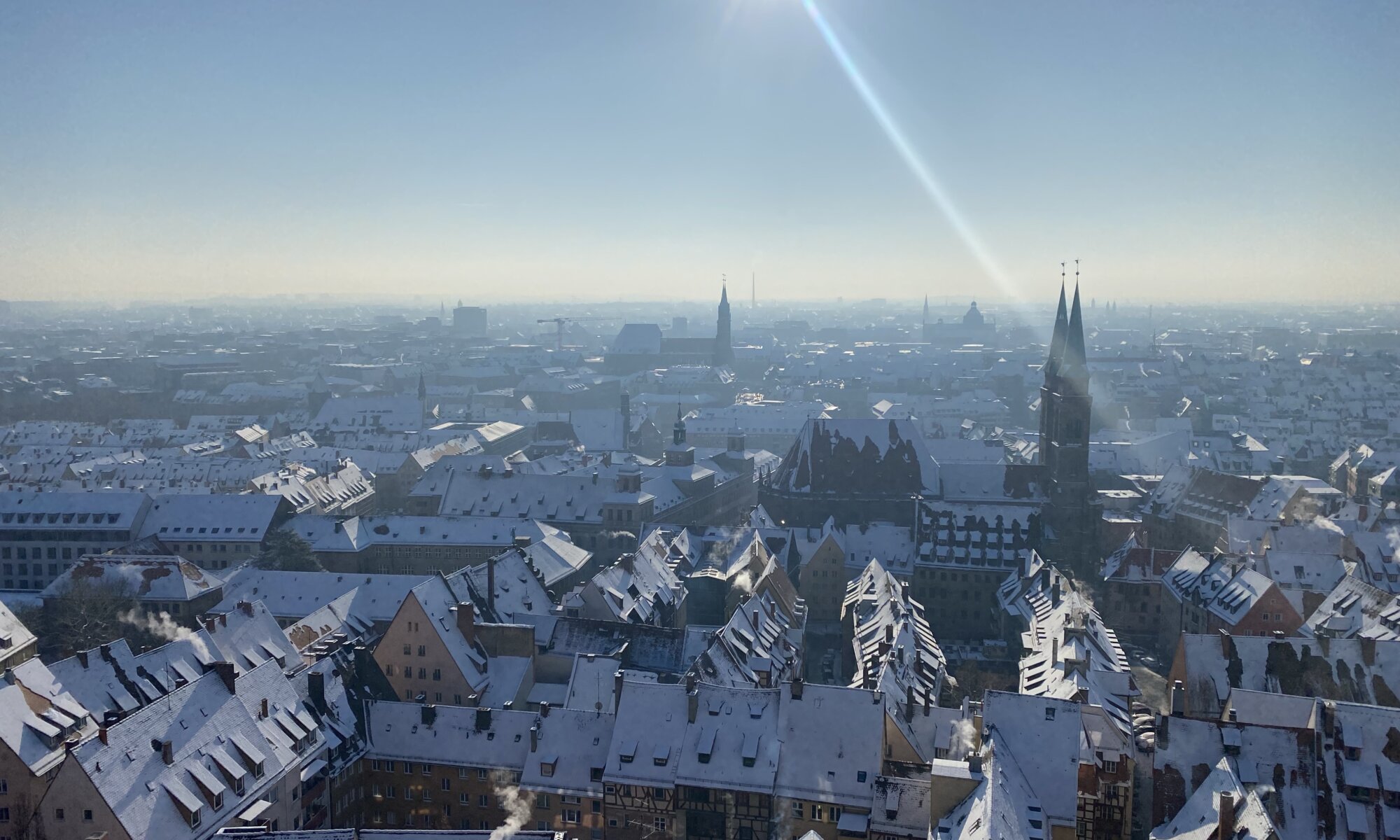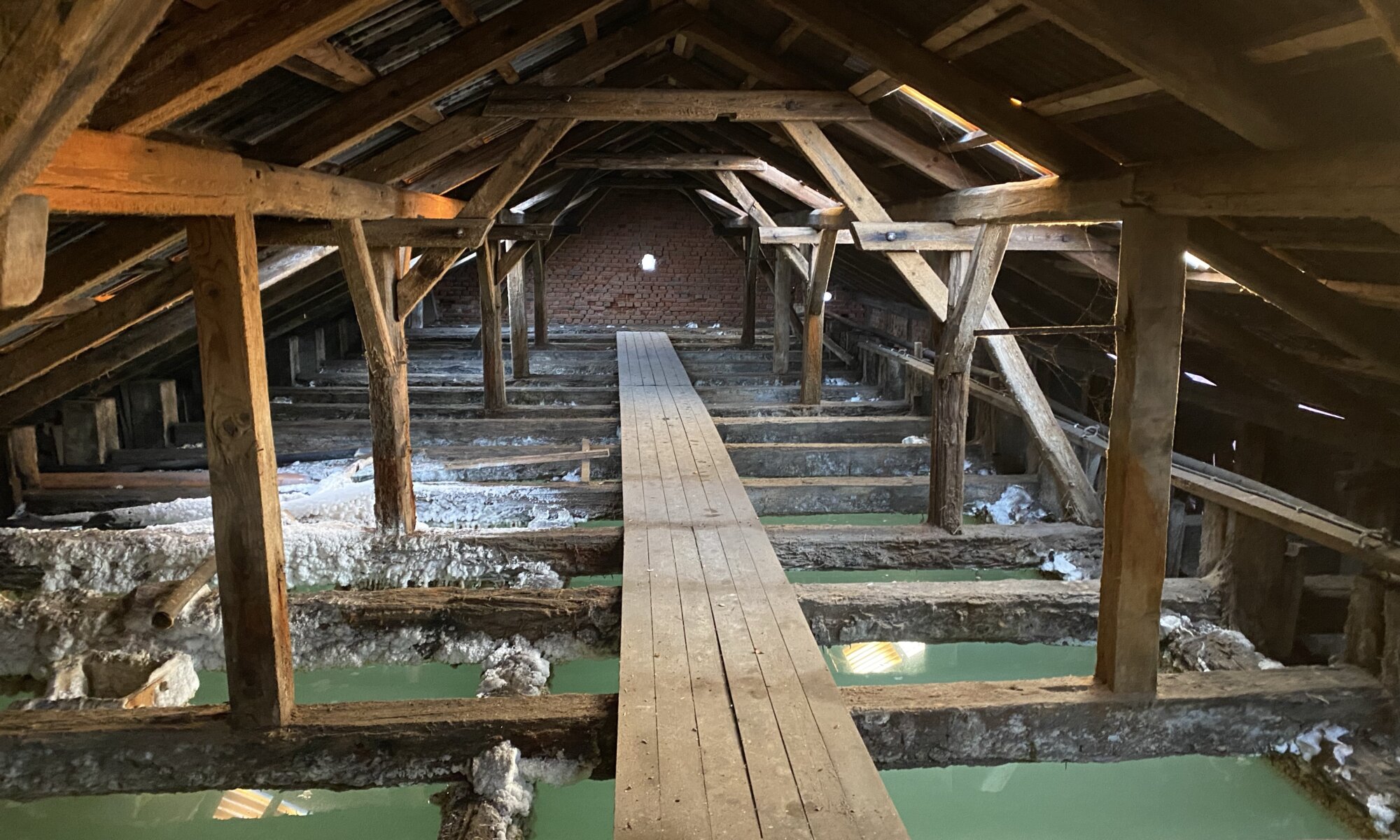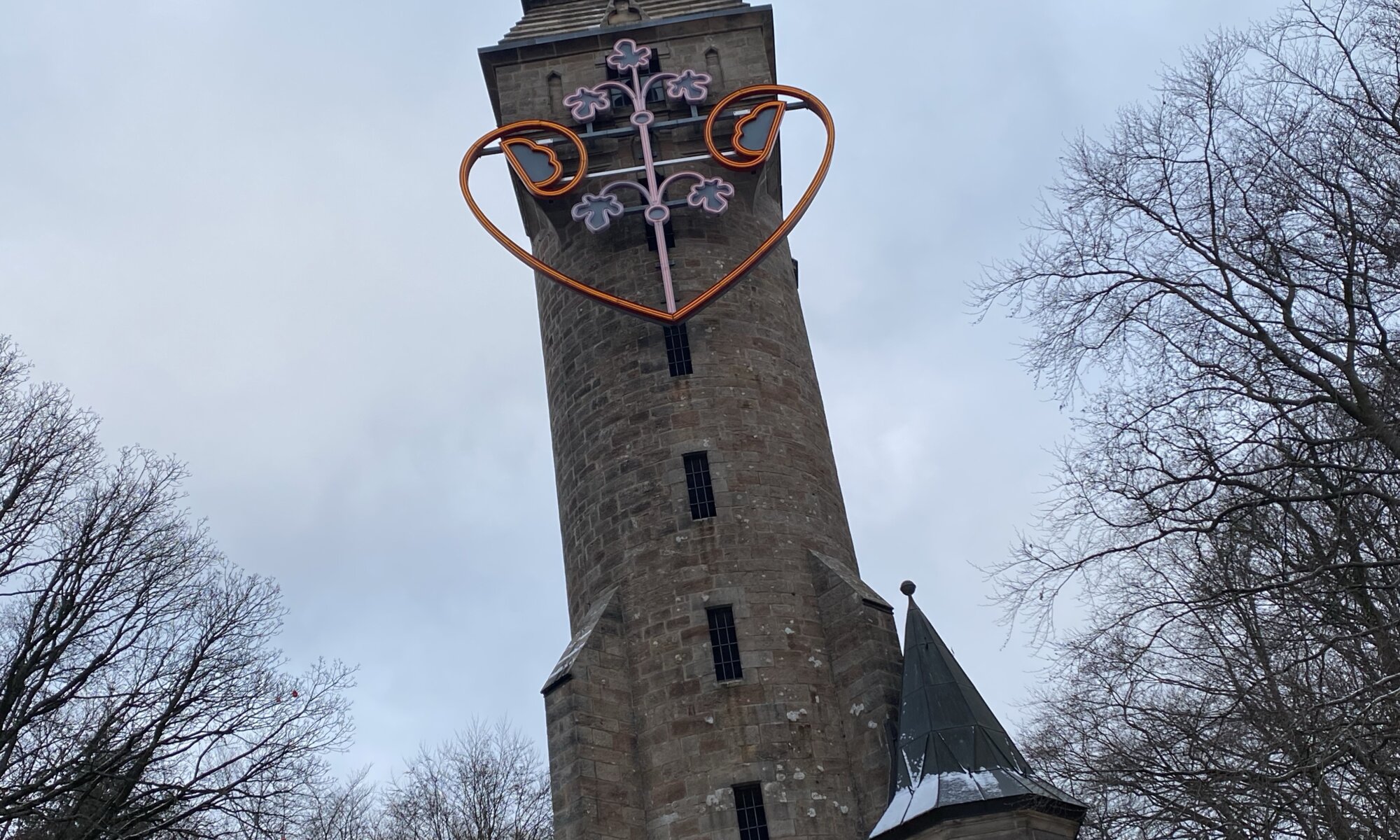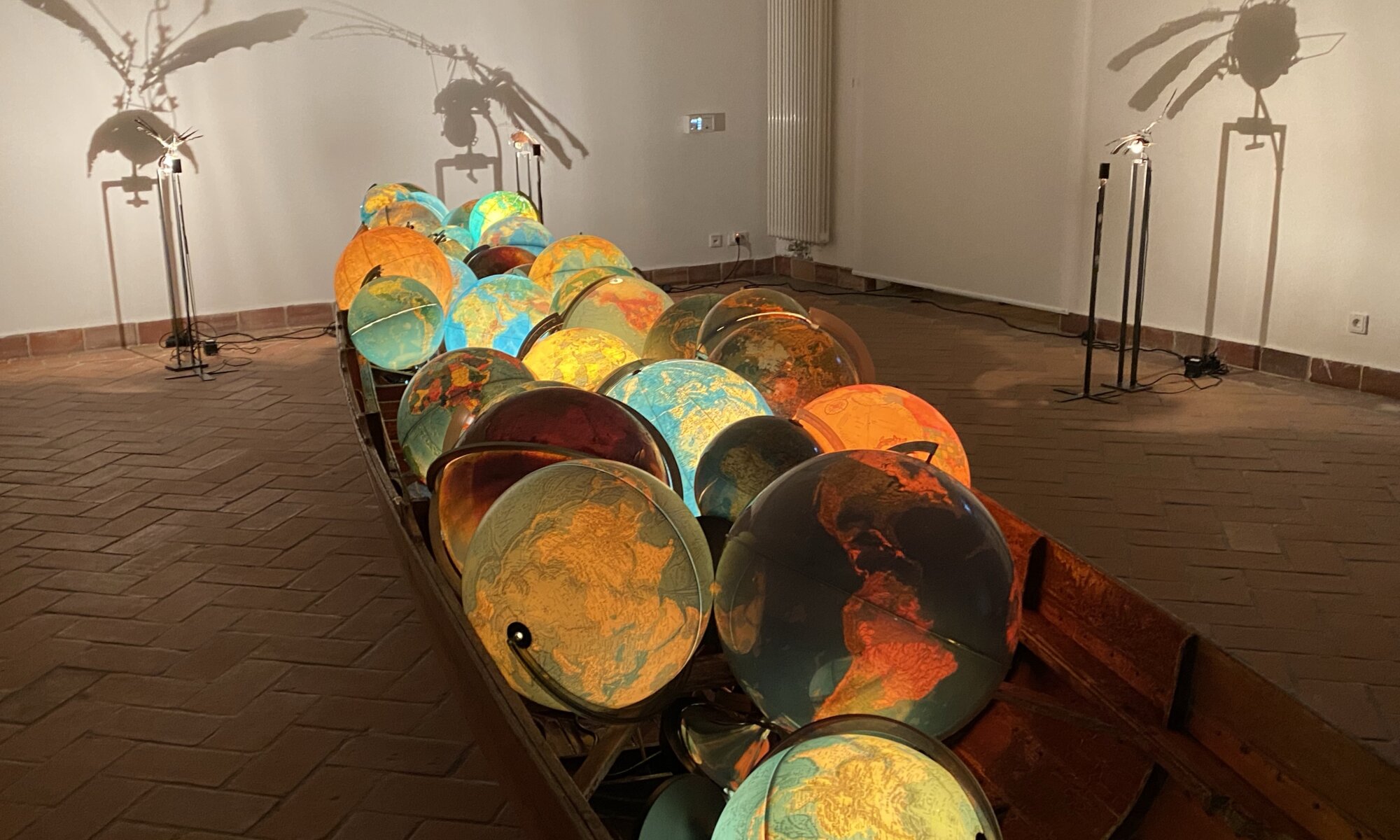If people only know one thing about Nürnberg, Germany, it is the Christkindlesmarkt – one of the oldest and best-known Christmas markets in the world. Every year the Hauptmarkt and the streets surrounding it are filled with stands where you can buy sweets (especially Lebkuchen and Früchtebrot) and Christmas decorations. But also the typical German bratwurst and mulled wine can be found there.
Continue reading “Christkindlesmarkt”Saal 600
During the times of Nazi Germany the city of Nürnberg was very important as the NSDAP Nazi party planned to hold their party conventions there. On the Reichsparteitagsgelände different vast buildings in fascist architectural styles were planned and partially build. Later the city became important for another reason as the Nürnberger Prozesse against war criminals were held there. The allied forces took over room 600 of the Schwurgericht belonging to the Justizpalast of Nürnberg and prepared it for this very special trial.
Continue reading “Saal 600”Neues Museum
The Neues Museum is an impressive museum for modern art at Nürnberg, Germany. It was opened in the year 2000 and shows changing exhibitions as well as works from its own collection of contemporary art which began in 1967. The museum receives a lot of donations, especially from art collectors of the region. By that for example it holds the third largest collection of works by Gerhard Richter. You can also discover works by Joseph Beuys, Neo Rauch, and Andy Warhol.
Continue reading “Neues Museum”Germanisches Nationalmuseum
The Germanisches Nationalmuseum is a vast cultural history museum at Nürnberg, Germany. Its name is a bit odd, as the Germanic people are a combination of different tribes just grouped by the origins of their languages: Germanic people are people that are speaking a Germanic language. And therefore the Germanisches Nationalmuseum is a national museum without a nation. This name can only be understood in the historical context of the creation of the museum in 1853: during the German revolutions of 1848–1849 people tried to define and unite a German(ic) state.
Continue reading “Germanisches Nationalmuseum”Bavarian Protestants
Nürnberg is part of the federal state of Bavaria. Traditionally the Roman-Catholic church has the most members there but in Nürnberg the situation is different: The city belongs to a region called Franken and the city was independent until the year 1806 when it became part of the Kingdom of Bavaria. Mittelfranken and Oberfranken, but especially the city of Nürnberg are Protestant areas and therefore the two most impressive churches of the city also belong to Protestantism.
Continue reading “Bavarian Protestants”The Future
The Deutsches Museum at München is well-known, but it also has four spin-offs: the Verkehrszentrum and Flugwerft not far away showing vehicles, an exhibition at Bonn and as the latest addition a museum at Nürnberg. The latter was opened in 2021 and is focused on a specific topic, the future. That is special as you can’t leave it as it is over time; you always have to adopt the exhibits to let them remain a window into the future.
Continue reading “The Future”Kaiserburg
The icon of the city of Nürnberg, Germany, is also the place most visitors go to first: the castle. In fact it is a combination of two castles, the Kaiserburg and the Burggrafenburg. It dates back to the year 1000 CE and is located on a rock in the north of the city center. The castle was important during the times of the Holy Roman Empire (962-1806 CE), starting with the Holy Roman Emperors Henry III, IV and V.
Continue reading “Kaiserburg”Saline Luisenhall
Salt, also referred to as the white gold, is used for many purposes: for nutrition and cosmetics, to clear roads in winter time, to preserve food and many more. Sodium chloride (NaCl) is typically gathered from sea water (sea salt) or by mining halite (rock salt) underground. In few cases brine is gathered from the ground, a highly concentrated solution of salt in water – it is then heated to let the water evaporate. One of these places is the Saline Luisenhall at Göttingen, Germany; Europe’s last saline that uses giant iron pans to recover salt from brine.
Continue reading “Saline Luisenhall”Spiegelslust
Throughout Germany you can find many statues and memorials in form of towers created for three persons: Otto von Bismarck, Wilhelm I, and his grandson Wilhelm II. They’ve mostly been funded by donations of the citizens. That is also the case with the tower overlooking Marburg an der Lahn: It was built in 1887 to commemorate the creation of the German Empire and the victory in the Franco-Prussian War in 1870/1871. It was named Kaiser-Wilhelm-Turm after Wilhelm I, king in Prussia.
Continue reading “Spiegelslust”Small but great
The city of Marburg an der Lahn, Germany, has only 74,000 inhabitants. But it is an university town with a long history and therefore has something unusual for a city of that size: a wonderful art museum. The building was created in 1925 to commemorate the foundation of the university 400 years ago and therefore named Jubiläumsbau. Within the institutes for art and culture were concentrated that were until then distributed throughout the city.
Continue reading “Small but great”